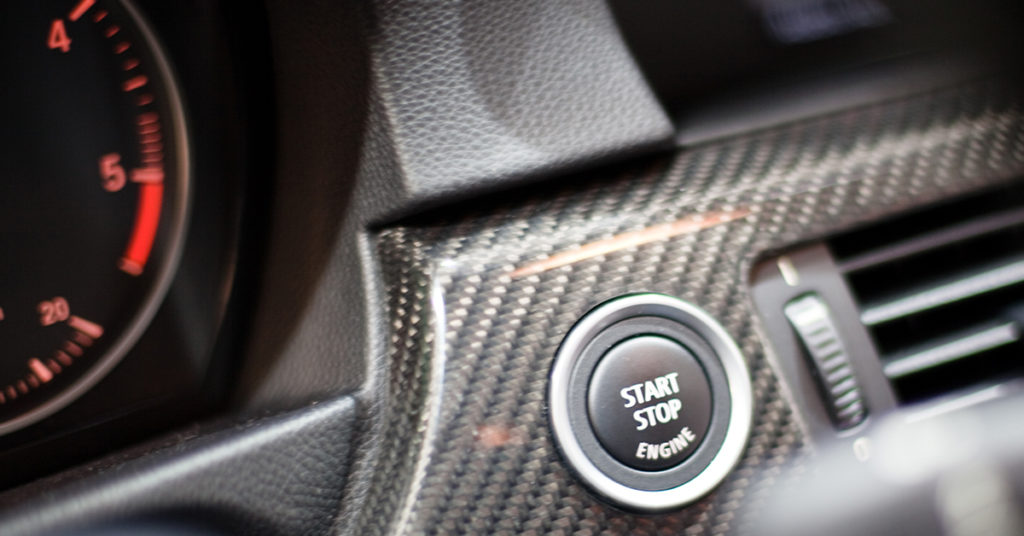When you were a child, did you dream of flying-cars and other forms of futuristic transportation? While automobiles, planes, trains, and buses have carried us through the 20th century, where are the jetpacks and computer-controlled cars that we’ve always dreamed of?
Futuristic methods of transportation may not be happening on our personal timelines, but that’s not to say that it isn’t happening. Let’s take a look at some innovative transportation methods that we can (hopefully) expect to see in the next 10 to 100 years.
The Hyperloop
Initially introduced by Elon Musk, the founder of Tesla Motors, SpaceX, and PayPal, the Hyperloop is a solar-powered, elevated transit system that can theoretically take passengers and cars from Los Angeles to San Francisco in less than 30 minutes. Not only will this unique form of transportation be incredibly fast, it may even be better for the environment than our current forms for transportation. Why, you ask? The Hyperloop will be completely powered by solar energy!
According to an article from Wired.com, at its core, the Hyperloop is all about removing the two main things that slow down regular vehicles: friction and air resistance. One of the biggest drawbacks to this incredible idea is the budget that it will take to get there. The current Hyperloop price tag sits at a mere $70 billion, and that’s just to get started! While some people believe that this project is too costly and impractical, we can’t help but be excited about this potential new form of transportation.
The Martin Jetpack
Have you ever dreamed of soaring like a bird? With the Martin Jetpack, this dream may become a reality sooner rather than later. This 440 pound, one-person aircraft has been specially designed to be the world’s most practical and safest Optionally Piloted Vehicle (OPV). According to its website, the Martin Jetpack is especially unique because it has advanced safety features, like:
- A parachute that can open as low as six meters above ground
- Hands-free stability
- A roll cage and enclosed rotors
- An impact-absorbing undercarriage
The estimate price for this jetpack sits around $300,000 (not including certification), so start saving up now if you truly want to feel what it’s like to fly!
Self-Driving Cars
The National Highway Traffic Safety Administration says that human error accounts for 94 percent of all car crashes.This has led car manufacturers and engineers to search for safer ways to get from point A to point B. Cue our believed friend, Mr. Technology.
Autonomous cars, also called driverless cars or self-driving cars, have been in our heads since the early 90s. In fact, Tesla’s electric vehicles offer a driverless feature already. Once enabled, the driver can let go of the steering wheel while cruising down the freeway. It can even change lanes and adjust your car’s speed depending on the current traffic conditions. This incredible car can even park itself on your command!
These cars have smart technology that allow them to actually sense their surrounding environments. This means that self-driving cars can navigate around difficult objects, obey traffic laws, and reroute your travel plans should an accident occur en route. Some specialists claim that we are only a few years away from this invention, while others say we’ll need more time to work out the kinks. Some studies suggest that by 2020 there will be at least 10 million cars with self-driving features on the road.
If you’re planning a trip and you’re flying out of the Denver International Airport (DIA), be sure to park your vehicle with ParkDIA. We offer the closest, fastest, most convenient near-airport parking, and when you download our easy-to-use mobile app, you can reserve your parking space with the touch of a button.




